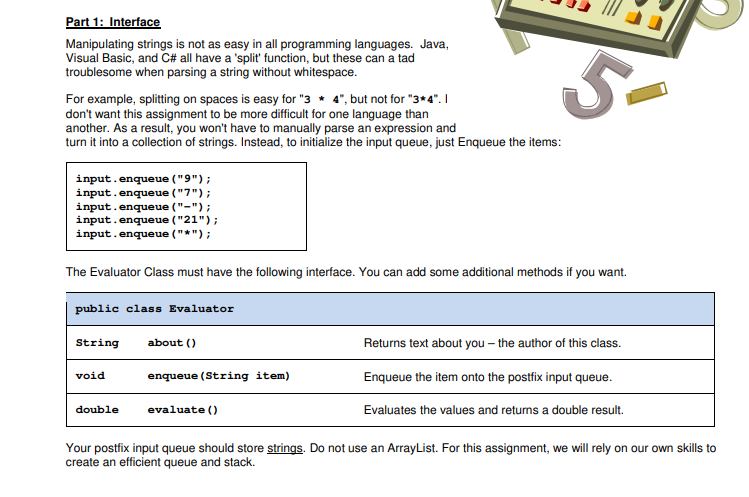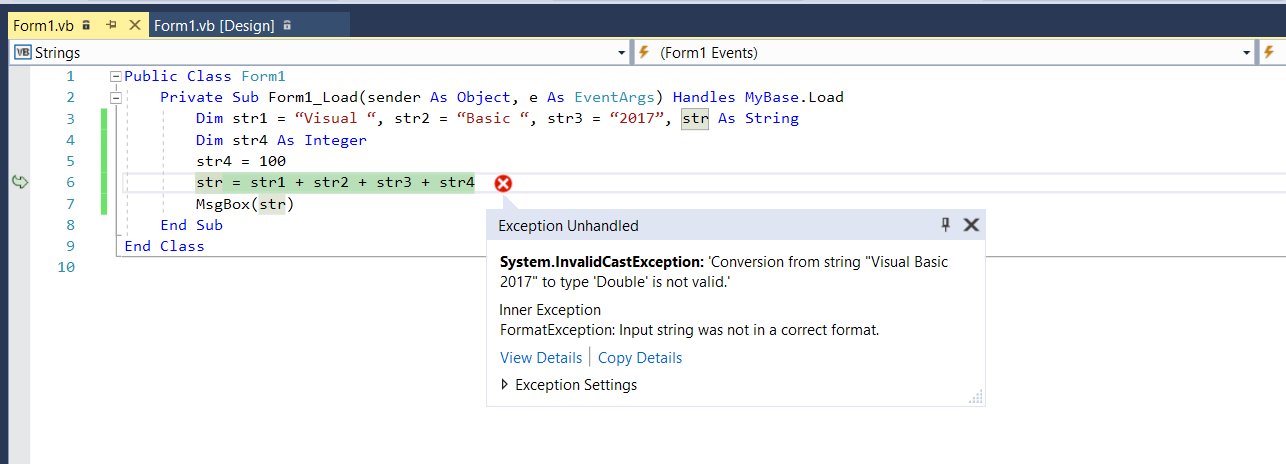

The function is a little odd in that it is the first parameter which is optional (most other function always make the first parameter mandatory). The Visual Basic Instr() function accepts one optional, and two mandatory parameters. To find out if a string contains a particular substring in Visual Basic we use the Instr() function. It is quite common to need to search a string for the occurrence of another string (otherwise known as a substring). StrSalutation = "Hello" & strTitle & " " & strFirstName & " " & strLastName Fred Smith": Dim strFirstName As String = "Fred" For example the following variation of the above example creates a string which reads "Hello Mr. String literals are strings of text placed directly into quotes. String literals may also be included in a concatenation. String concatenation does not have to be limited to variables.

The above code, therefore, will assign the following string to the strSalutation variable: Note that the above example also puts space characters between each string.

StrSalutation = strTitle & " " & strFirstName & " " & strLastName
#Visual basic strings code#
For example, the following Visual Basic code sample combines three strings together to create a single string, which is assigned to a third string variable: Dim strFirstName As String = "Fred" Strings are concatenated in Visual Basic using the ampersand (&) operator. The process of combining two strings together to form one string is called concatenation.


 0 kommentar(er)
0 kommentar(er)
